2D Primitive GameObjects
Unity provides 2D Primitive GameObjectsThe fundamental object in Unity scenes, which can represent characters, props, scenery, cameras, waypoints, and more. A GameObject’s functionality is defined by the Components attached to it. More info
See in Glossary to help you prototype your Project quickly, without needing to import your own Assets.
To create a 2D primitive, go to GameObject > 2D Object > Sprites and select one of the following options:
Default Sprite dimensions and pixels-per-unit
Most 2D primitives have a default SpriteA 2D graphic objects. If you are used to working in 3D, Sprites are essentially just standard textures but there are special techniques for combining and managing sprite textures for efficiency and convenience during development. More info
See in Glossary size of 256 x 256 pixelsThe smallest unit in a computer image. Pixel size depends on your screen resolution. Pixel lighting is calculated at every screen pixel. More info
See in Glossary, with a pixels-per-unit (PPU) size of 256, which makes their size equal to one unit in the SceneA Scene contains the environments and menus of your game. Think of each unique Scene file as a unique level. In each Scene, you place your environments, obstacles, and decorations, essentially designing and building your game in pieces. More info
See in Glossary. The exceptions are the Capsule primitive, which is 256 x 512 pixels (1:2 units), and the Isometric Diamond primitive, which is 256 x 128 pixels (1:0.5 units).
Square
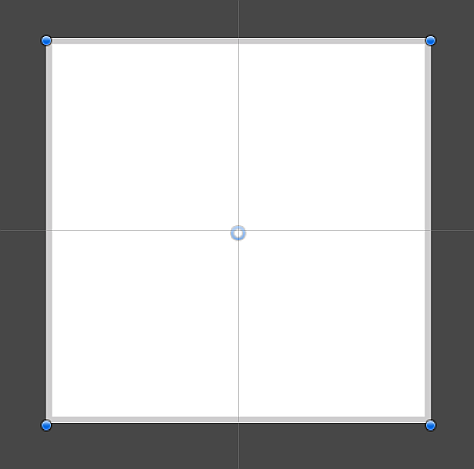
The Square 2D primitive is a white square that is 1x1 Unity unitsThe unit size used in Unity projects. By default, 1 Unity unit is 1 meter. To use a different scale, set the Scale Factor in the Import Settings when importing assets.
See in Glossary in size. You can use it as a placeholder for various elements, such as obstacles like crates, or to quickly create platforms. You can add the Box Collider 2D component to the GameObject to have it interact with other GameObjects and 2D physics. For a more scalable Sprite that resizes dynamically, you can select the 9-Sliced option instead.
Circle
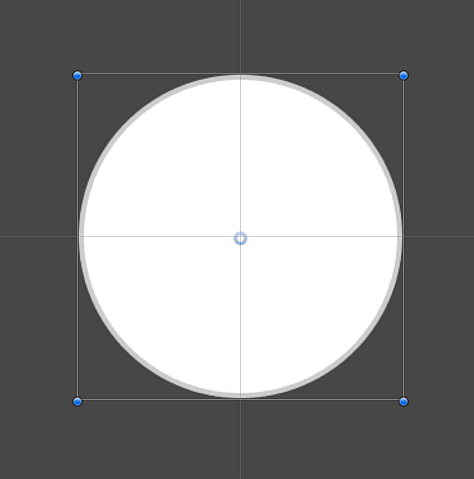
The Circle 2D primitive is a white circle that is 1 Unity unit in diameter. You can use it as a placeholder for various types of elements in your Scene, such as obstacles or props like pick-ups or power-ups. You can add the Circle Collider 2D to the GameObject to have it interact with other objects and 2D physics.
Capsule
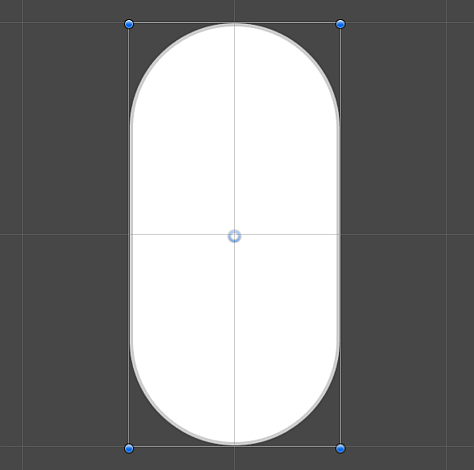
The Capsule 2D primitive is a white capsule that is 1x2 units in size. You can use this Capsule as a placeholder for various elements in your scene, such as an obstacle, prop, or as a stand-in for a character. You can add a Capsule Collider 2D to the GameObject to have it interact with other objects and 2D physics.
Isometric Diamond
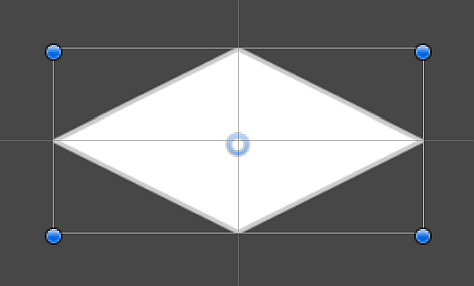
The Isometric Diamond 2D primitive is a white diamond-shaped Sprite that is 1 x 0.5 units in size. This Sprite is designed to be used as a placeholder for Isometric Tilemaps. The pixels at the top and bottom of this Sprite are slightly cropped to improve tiling.
Hexagon Flat-Top
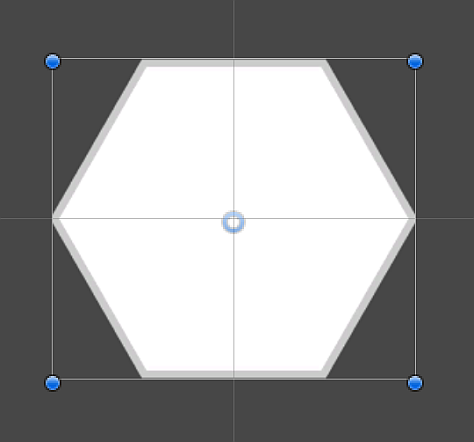
The Hexagon Flat-Top 2D primitive is a regular hexagon that is 1 unit wide, oriented with its sides to the top and bottom. It is designed to be used as a primitive Sprite placeholder for Tiles in Hexagonal Flat-Top Tilemaps. The pixels to the left and right of this Sprite are slightly cropped to improve tiling.
Hexagon Point-Top
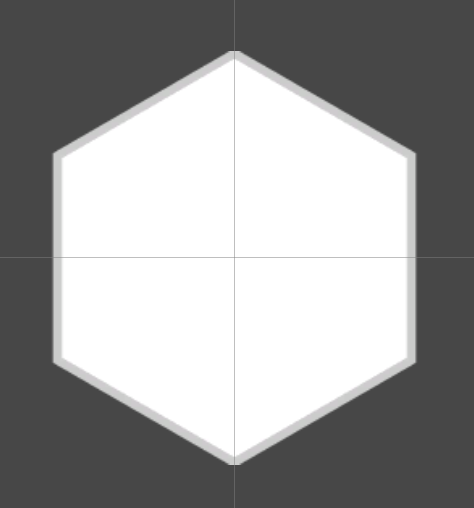
The Hexagon Point-Top 2D primitive is a regular hexagon that is one unit tall, oriented with its points to the top and bottom. It is designed to be used as a primitive Sprite placeholder for Tiles in Hexagonal Pointed-Top Tilemaps. The pixels to the top and bottom of this Sprite are slightly cropped to improve tiling.
9-Sliced
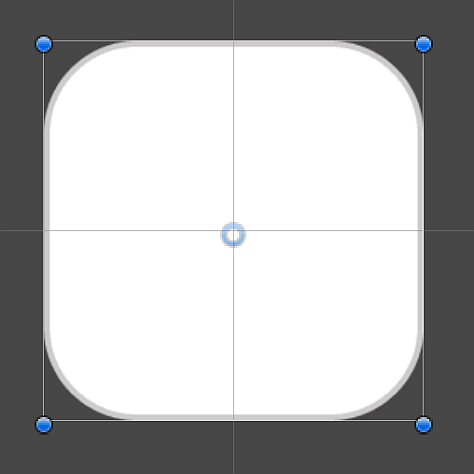
The 9-Sliced 2D primitive is a white square with rounded corners that is 1x1 units in size. This Sprite has been 9-sliced with borders of 64 pixels on each side. It is designed to be used with the Sliced and Tiled draw modes on the Sprite RendererA component that lets you display images as Sprites for use in both 2D and 3D scenes. More info
See in Glossary. You can use the 9-sliced Sprite as a flexible placeholder for various elements in your Scene and Project (see 9-slicing Sprites for more information). You can add a Box Collider 2D with Auto Tiling enabled to have the Sprite interact with other objects and 2D physics.